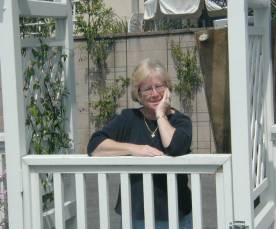
Last Spring, the vice President of Instruction gave each of the deans a copy of this book. The year whizzed by and although I opened it and ready a few pages, other pressing priorities pushed it to the back of my bookshelf. Now there is time to spend with it...
Issacs is a lecturer at the Sloan School of Management at MIT and consults in leadership education. This book invites the reader to think about the ways in which we communicate and to reflect on specific things one can do to enhance communitcation: observing behaviors, quieting the noise within, listening, and respecting another's point of view without being defensive. He advocates these skills so that when we talk together, that an effective result will emerge.
Issacs defines dialogue as "shared inquiry, a way of thinking and reflecting together" (p.9). It is a method to "harness the 'collective intelligence' of those around us as well as an opportunity to open new ways of thinking.
Issacs takes the reader through the historical context of the work dialogue as well as an overview of the art of conversation. In today's world of multiple simulataneous methods of communication, it is a good reminder of what we all really know. When we have a truly good conversation with someone on a level that transcends the banal, we feel the richness of those moments.
Three levels of action in a dialogue are presented: 1) Produce coherent actions (what we say and what we do are in alignmnet); 2) Create fluid struuctures of interaction (understand how others perceive goals and activities); and 3) Provide wholesome space for dialogue (that assists people in trancending their usual conversations and perceptions.) He advocates freeing ourselves from that which is uncomfortable or unfamiliar and loosening ourselves from our fixed ideas. (34) Dicussion and dialogue are compared: dicussion is about decision-making while dialogue is about "evoking insight." (45) By relearning to listen respectfully, and cultivating one's one voice while suspending judgment about others we foster an "intelligence of the heart" that is at the essence of true authenticity. He warns of the dangers of electronic connections tjat "do not of themselves make for an appeciation or curiosity about the underlying cohenrence of the world." (68) hmmm....I disgree with that view, in fact, electonic communications (as evidenced in such studies as the Pew study) show that people are sharing more of themselves through this means of communication...and conversation within the digital arena lends itself to more conversation on a variety of levels.
more later...Part 2: Building capacity for new behavior


